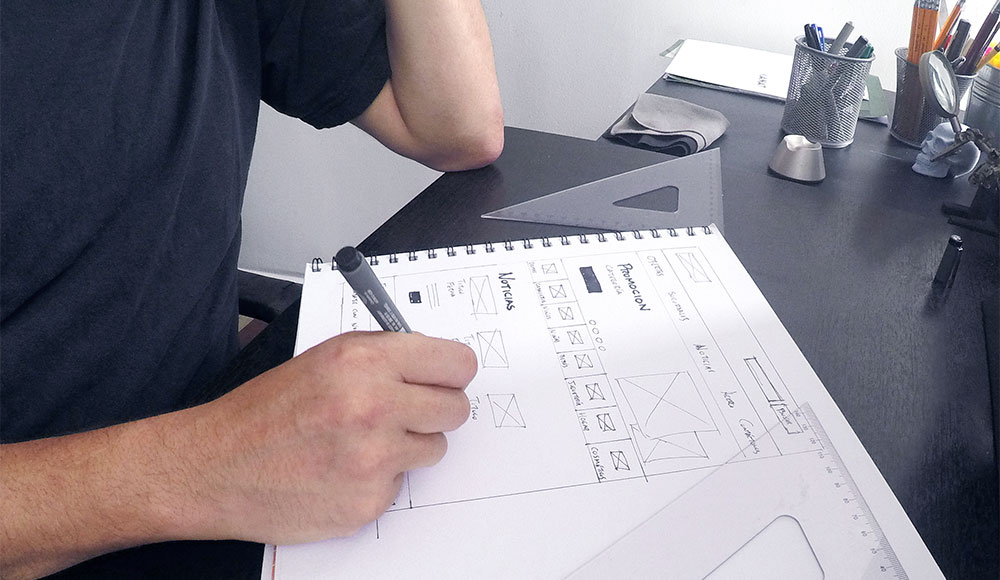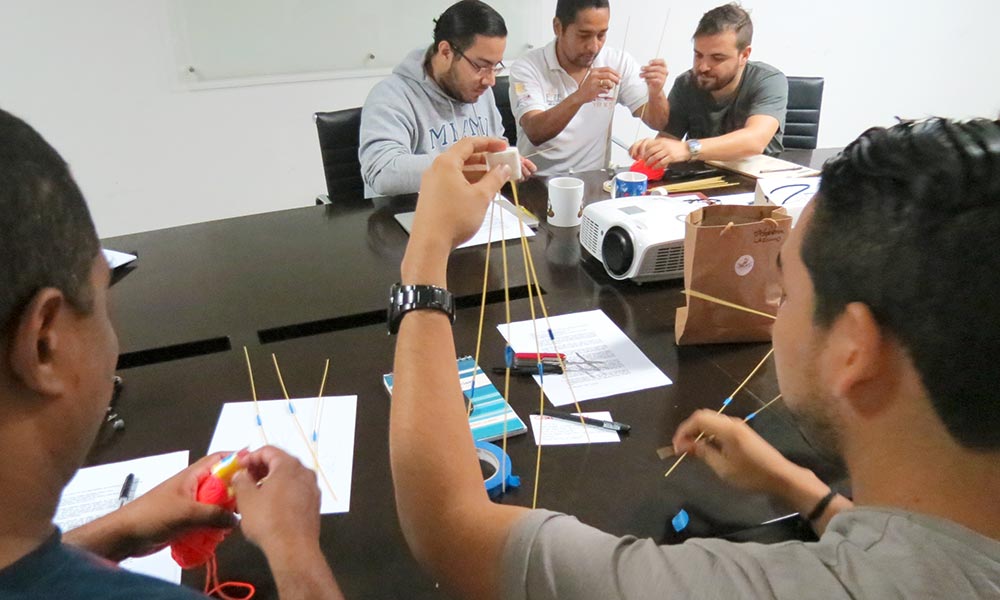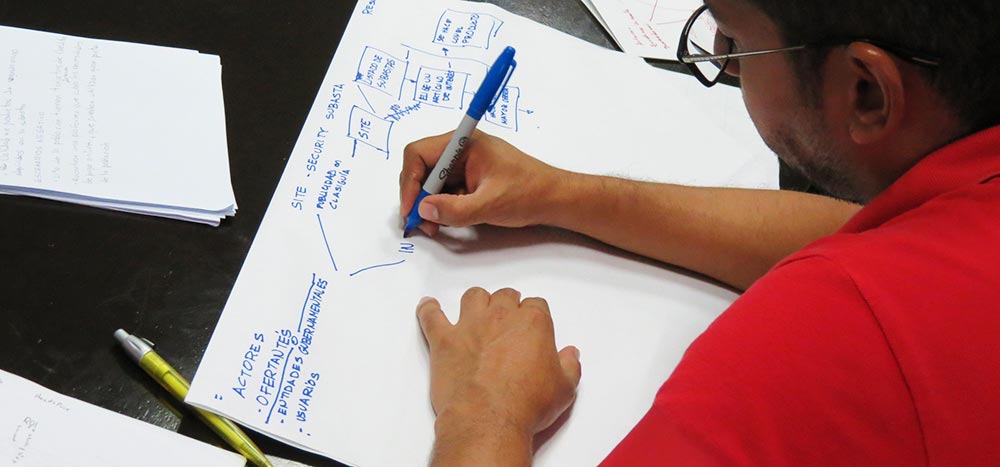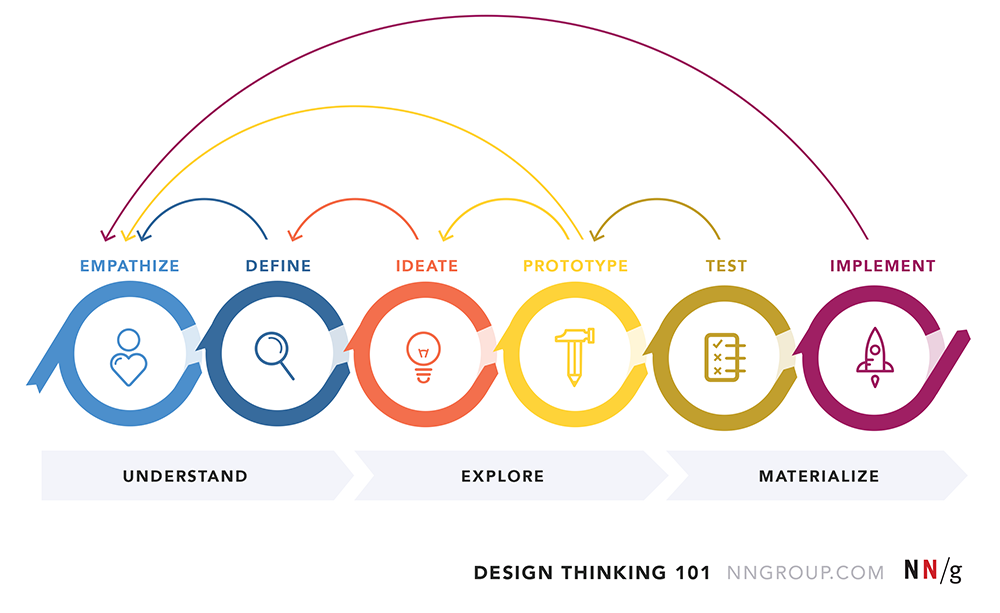Designing a new project can be a daunting task, but following the principles of methodologies like Design Thinking or Google Design Sprint can help you create an effective and successful product. These methodologies provide a guideline to design products, websites, apps, and experiences with core concepts in mind: empathy for the end user, freedom to think and ideate several solutions, early prototyping and testing of assumptions, and iterative processes.
Empathy for the end user

UX design is all about understanding the end user. As a UX designer, you need to consider the user’s needs, preferences, and problems, and not just your assumptions of what they need. You can achieve this by talking to the stakeholders, conducting research, and engaging with users through interviews, observation, surveys, or user testing. The goal is to gain empathy for the end user and surface insights from their behavior. Empathy maps, user personas, and customer journey maps are useful tools to share your results and insights with the rest of the team.
Freedom to Think and Ideate Several Solutions

It’s important to take a step back and generate several ideas before investing hours in one polished solution. Design Thinking and Sprint Design suggest this lower fidelity ideation exercise to allow yourself to creatively reach a solution that can be better and more interesting than your first obvious one. In a collaborative environment, the process is accelerated, and you can use tools like sketching, storyboarding, mapping, and wireframing to quickly explore a divergence of ideas before diving into a chosen path. Remember to generate lots of ideas first and then explore a couple that make sense.
Early prototyping and testing assumptions

Early prototyping is a powerful tool that allows you to play and test your designs with other people, learn more about how it can help them, and in what cases it needs to be perfected or enhanced. Prototyping allows you to “fail early” without investing hundreds of hours into the development of a product and then hundreds more perfecting it. It doesn’t have to be digital; it can be a paper prototype or storyboard to show and test with your users.
Iterative process

Your designs will not be static solutions, and they will evolve with time and with each iteration of your research and ideation process. You will revisit your previous phases to adjust them with your new findings, and you might even go back and start again to focus on a new part of the product. In the words of McCartney and Lennon: “When I get to the bottom, I go back to the top of the slide.” After all the rounds of ideation and testing, go back and test again.

By the book?
It’s important to understand that you don’t need to follow every step of these methodologies to be successful. The key is to start testing the waters with some of the tools they provide and then transforming your own personal way of working into one that has the end user in your sights but tailored to your style. You can start small, asking your client to schedule meetings with their users so you have the opportunity to interview and understand them before starting the design process, or sketching different solutions based on their pain points and testing them by presenting hand-drawn sketches to users.
Conclusion
It’s important to understand that you don’t need to follow every step of these methodologies to be successful. The key is to start testing the waters with some of the tools they provide and then transforming your own personal way of working into one that has the end user in your sights but tailored to your style. You can start small, asking your client to schedule meetings with their users so you have the opportunity to interview and understand them before starting the design process, or sketching different solutions based on their pain points and testing them by presenting hand-drawn sketches to users.
